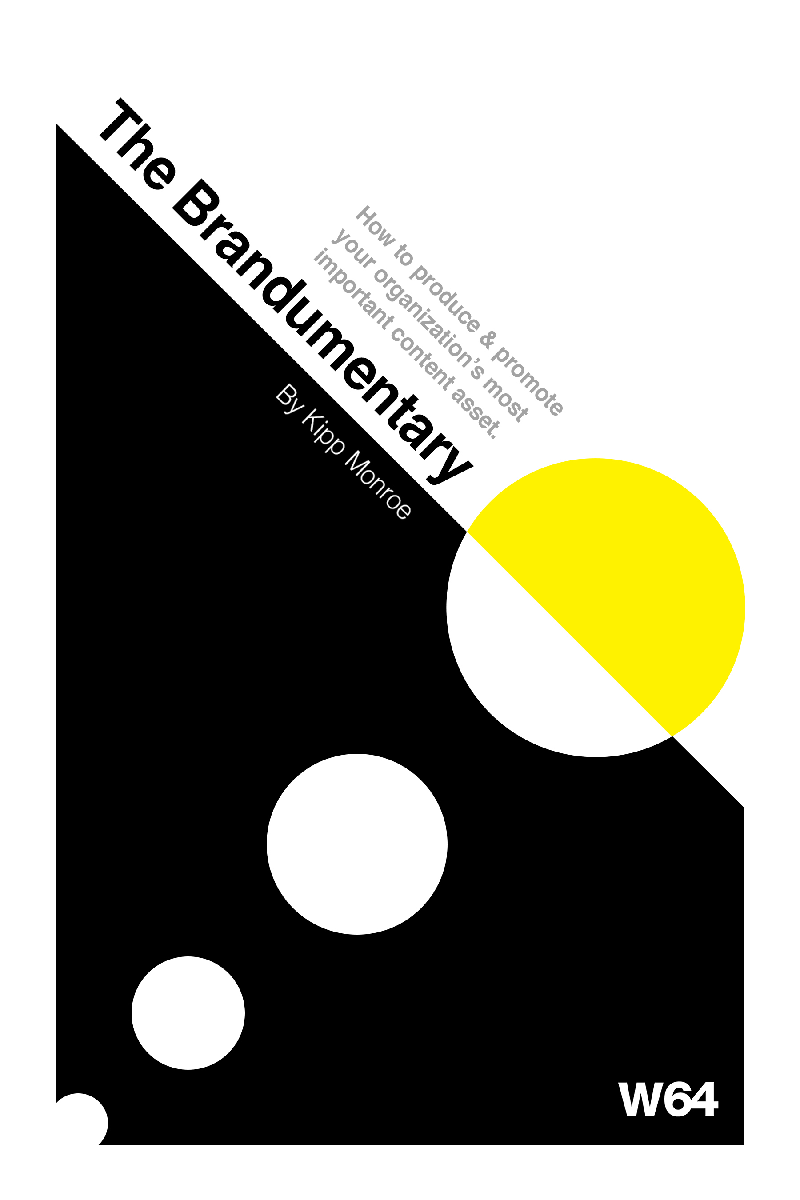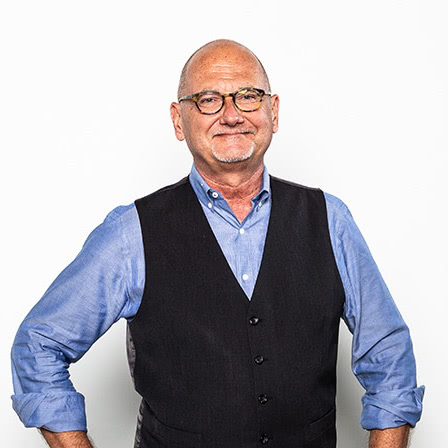(Every CMO needs a what?)
Brands have historically been the first to identify and optimize media trends. So, it’s no surprise they were early to the video content party.
Since arriving, major brands and their agencies have capitalized on the world’s hunger for video content. From TikTok to YouTube, the resulting explosion of branded video content has changed the media landscape forever.
But as familiar as the move toward digital video content may seem, it is still a relatively nascent migration. Like fingerprints, no two marketing plans feature identical video content strategies. Depending on audience targets and media consumption habits, marketers are leveraging video assets of all shapes and sizes. The opportunities are limitless.
But I would argue that there is one video asset box that every CEO and CMO should check. And that box is what we’ve affectionately come to call the Brandumentary video.
And what exactly is a Brandumentary?
It goes by a lot of names: Genesis Story, Brand Video, Branded Documentary, Brandumentary. Most typically it is a long-form, documentary-style video that chronicles the story of an organization, brand or specific brand initiative. The good ones include all the plot twists and turns, heroes and villains of any three-act film.
With a compelling and authentic narrative, engaging footage, evocative music and courageous heroes, a well-crafted brand video triggers our emotions. It’s something a viewer “feels” as much as watches.
But unlike Hollywood productions, the purpose of a branded business documentary isn’t merely to entertain. A documentary’s true value is to reveal the inner ethos of your company, establishing a relationship with potential customers and creating a bond of trust that solidifies brand loyalty.
Telling a Brand’s Genesis story is one of many applications a branded documentary is uniquely suited for. BIO at 25 was created by White64 Studios for the Bio Innovation Organization to celebrate their 25th Anniversary and provide their new membership historical context on how the today’s organization came to be. Individual interviews from the long form video were edited to deliver a series of :15 social videos.
Sharing your WHY
As author Simon Sinek posts in his book Start with Why, organizations are often hyper-focused on communicating their “what” and “how” while ignoring their “why.” In a world where consumers demand brands have pure intentions and noble motivations, brand documentaries allow the benevolence of brands to shine through. They are an ideal way to convey “why” an organization or brand is committed to improving the human condition.
Certainly, the branded documentary can, and should, be informational. But the reason to add one to your video toolbox is its unique ability to inspire.
Brandumentaries are storytelling workhorses, capable of establishing “brand heroes” as they forge emotional connections with desired audience groups. The ravages of climate change on the Southern California lettuce industry and the solutions science is providing, are powerfully delivered in this Croplife+ASTA documentary featuring UCLA Davis scientists on the cutting edge of gene editing technology.
The genre of our time
Media pundits are calling the 2020s the Golden Age of Documentaries. Streaming services and broadcast networks alike are greenlighting more documentary projects than ever before. Likely that’s due to an historic lack of trust in government and media and a craving for authenticity.
The brand documentary is one of many powerful tools we employ to build a human-to-human bond of trust.
Simply put, in an age of filters, fake news and contrived pop culture, the documentary genre is where content consumers go to find truth. So, it’s hardly surprising that CMOs are seizing on the trend.
But does long-form video even work?
Sure, attention spans are waning. And when the objective is building awareness, shorter form video probably does work better. But awareness is only part of a CMO’s job. Arguably, building lasting relationships with customers is just as important. And that’s where metrics for longer-form documentaries leverage their storytelling ability to deliver ROI.
From a utilization standpoint, most brand documentaries show up on an organization’s website, YouTube and Facebook — platforms conducive to long-form experience. But documentary content isn’t necessarily limited to long-form. Increasingly, agencies are extracting provocative soundbite footage showcasing organizational visionaries and creating :15 cutdowns to be featured across shorter-form platforms.
On July 25th, 2012 Master Sergeant Cedric King stepped on a landmine in Afghanistan. The resulting explosion required the amputation of both legs. Less than 2 years later Cedric King was running the Boston Marathon on prosthetic legs. Produced for the PenFed Foundation, this compelling brand documentary captures and conveys the brand ethos of the PenFed brand.
Part of the We Create Believers toolbox
As an agency in the Greater DC area, we build relationships and shape opinions. It’s the core of what we do. Indeed, the genesis of our agency’s “We Create Believers” positioning is based on the belief that persuasion is a direct result of a human-to-human bond of trust. The brand documentary is one of many powerful tools we employ to build that bond.
 The Brandumentary – How to produce and promote your organization’s most important content asset is an upcoming e-book from WHITE64 Studios Executive Creative Director Kipp Monroe. A tool for CMO’s and CEO’s, The Brandumentary details both “why” a documentary style brand video should be part of every organization’s brand communications toolkit and “how” to create content amplifies and champions brand values.
The Brandumentary – How to produce and promote your organization’s most important content asset is an upcoming e-book from WHITE64 Studios Executive Creative Director Kipp Monroe. A tool for CMO’s and CEO’s, The Brandumentary details both “why” a documentary style brand video should be part of every organization’s brand communications toolkit and “how” to create content amplifies and champions brand values.
